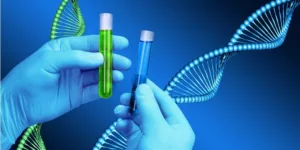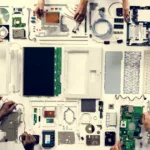DNA tests require only a saliva sample, which is generally not too complicated. However, processing the sample is the important step, and there are a couple of things which can be done in order to make sure that you get accurate results.
We have put together the best tips from experts so that the dna testing kit results are as accurate as possible.
Collecting the samples
While collecting the samples you must be extra careful. It is vital that you follow the instructions carefully. The donors must deliver the saliva without eating, drinking or smoking for 30 minutes prior to giving the sample. If the donors do not respect the indications, the DNA might not lead to accurate results.
When it comes to yields, you should remember that they are different based on the donor. Testing samples from different donors is required in order to get a clear idea about the yields that you should prepare for.
Additionally, saliva is the one that must reach the “fill to” line. This means that bubbles don’t count. The liquid is the one that must reach the limit, and bubbles should be somewhere above it. Only with the right amount of saliva the tests can be accurate.
In some cases, it might be difficult to collect all the saliva you need. For example, if you’re are collecting it from a small child, you can’t tell him or her to spit. In this situation you must use a kit such as OG-575 which was designed specifically for non-spitters. This way you will be able to collect all the saliva you need and things will be easier for your donor as well.
If someone is unable to spit the 2 ml which are required, there are ways to stimulate the saliva production. One of them is by rubbing the cheeks, behind the back teeth. Adding some sugar on the tongue can also help with that. Remember that you should use a very tiny amount, so that the donor can’t even taste it.
Processing tips
It is very important that the incubation is carried out in the original sample tube. You have to incubate it only once, before you remove an aliquot for DNA extraction. If you need high concentrations of DNA you can increase the concentration by removing the amount of buffer which is used to dissolve the DNA. Decrease the amount from µL to 50 µL.
Additionally, you should give DNA time to dissolve after the extraction. If you use the prepIT•L2P method, it will take time until it will fully dissolve.








